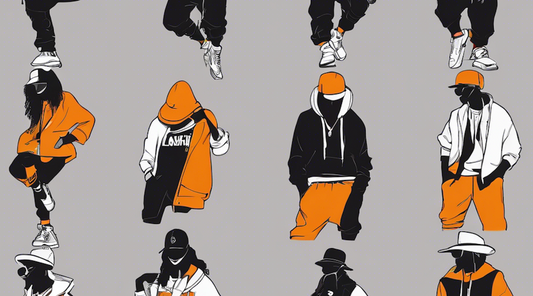"DROBE" is a service akin to hiring a personal stylist, where stylists suggest items tailored to individual users. There is no monthly fee for the service; instead, styling fees are charged per usage. Users can try on delivered items at home, purchase what they like, and return the rest free of charge.
"DROBE" has now started offering the beta version of "AI Stylist-san," a tool developed in collaboration with OpenAI's ChatGPT APIs, enabling item and outfit search in natural language. By combining the data from over 150,000 "DROBE" member's suggestion histories and the data accumulated by ChatGPT, it can make diverse proposals.
The implementation involves analyzing user questions using natural language processing with ChatGPT, preparing responses, and conducting searches based on "DROBE's" suggestion history data.
By allowing ChatGPT to learn from this suggestion history data, the AI can make more appropriate product and coordination suggestions based on the user's current situation and requirements.
Previously, a stylist would have to spend time selecting products for each customer, but the use of AI could reduce this time significantly. Seamless responses to users can also be expected to improve the purchase rate.
Furthermore, when using this service, users can input their profiles, contributing to data accumulation on what kind of customers are receiving what kind of product suggestions. This could also be expected to contribute to product development.




To use the service, users just add the official LINE account as a friend and send text in a question format. This simple method allows users to experience the joy of discovering new suggestions they might not have noticed before. Since it doesn't involve real stylists making suggestions, it's a win-win for users who aren't ready to make a purchase yet and for the company.
For those who lack confidence in choosing clothes, are struggling to decide what to pick, or want to reconsider what kind of clothes suit them, this might be a great service.


In the future, adding a feature to rate suggested items and outfits, using that as learning data, and analyzing purchase and search history could further enhance personalization by more accurately understanding preferences and tastes.
Adding features to save or share items of interest, and enriching detailed item information and reviews could also expand the service. Therefore, future developments are of great interest.


![[Easy on Your Smartphone] How to Create ZEPETO Items with Maison AI](http://open-fashion.com/cdn/shop/articles/387ac76082623e94218de7c076a87675.jpg?v=1712232721&width=533)

